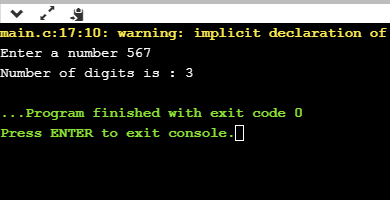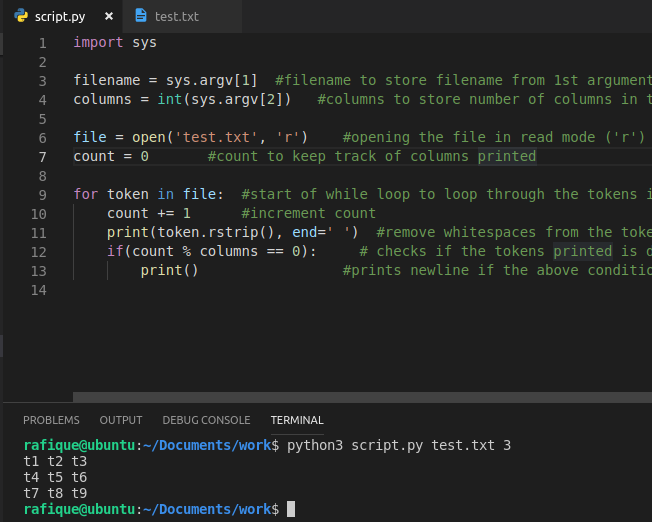
In the end, the program prints the counter ‘ctr', which contains the number of elements that were assigned.Use of ‘next’ in loops‘next’ also discontinues a particular iteration and shift to the next cycle of operation. If the indexes differ, the assignment is performed and the counter is incremented by 1. Then, control gets to the outer for condition (over the rows, index ‘i’), which is evaluated again.

When the indexes are equal and thus the condition in the inner loop, which runs over the column index ‘j’ is fulfilled, a ‘break’ command is executed and the innermost loop is interrupted with a direct jump to the instruction following the inner loop. The others are left untouched to their initialized zero value. The purpose was to create a lower triangular matrix, that is a matrix whose elements below the main diagonal are non-zero.
How to print the count using for loop in r code#
Sometimes, rather than breaking out of the loop we just want to skip the rest of the current iteration and start the next iteration: x j mat = i*j ctr=ctr+1 } } print(i*j) } # Result 1 4 9 16 25 # Print how many matrix cell were assigned print(ctr) #Result 10The above code snippet defines an m x n (5 x 5) matrix of zeros and then enters a nested for loop to fill the locations of the matrix, but only if the two indexes differ. In general, we want our code to complete before the end of the world so that it is possible to break out of the infinite loop by including a break statement. In other languages, it often goes by the name do while, or something similar. All it does is execute the same code over and over again until you ask it to stop. In R, there are 3 types of loops: ‘repeat’, ‘while’ and ‘for’. ‘repeat’ LoopsThe easiest loop among the 3.

R Programming Tutorial By KnowledgeHut “Looping”/“Cycling”/“Iterating” is a very helpful way to automate a multi-step process by organizing sequences of activities by grouping the parts that need to be repeated.


 0 kommentar(er)
0 kommentar(er)
